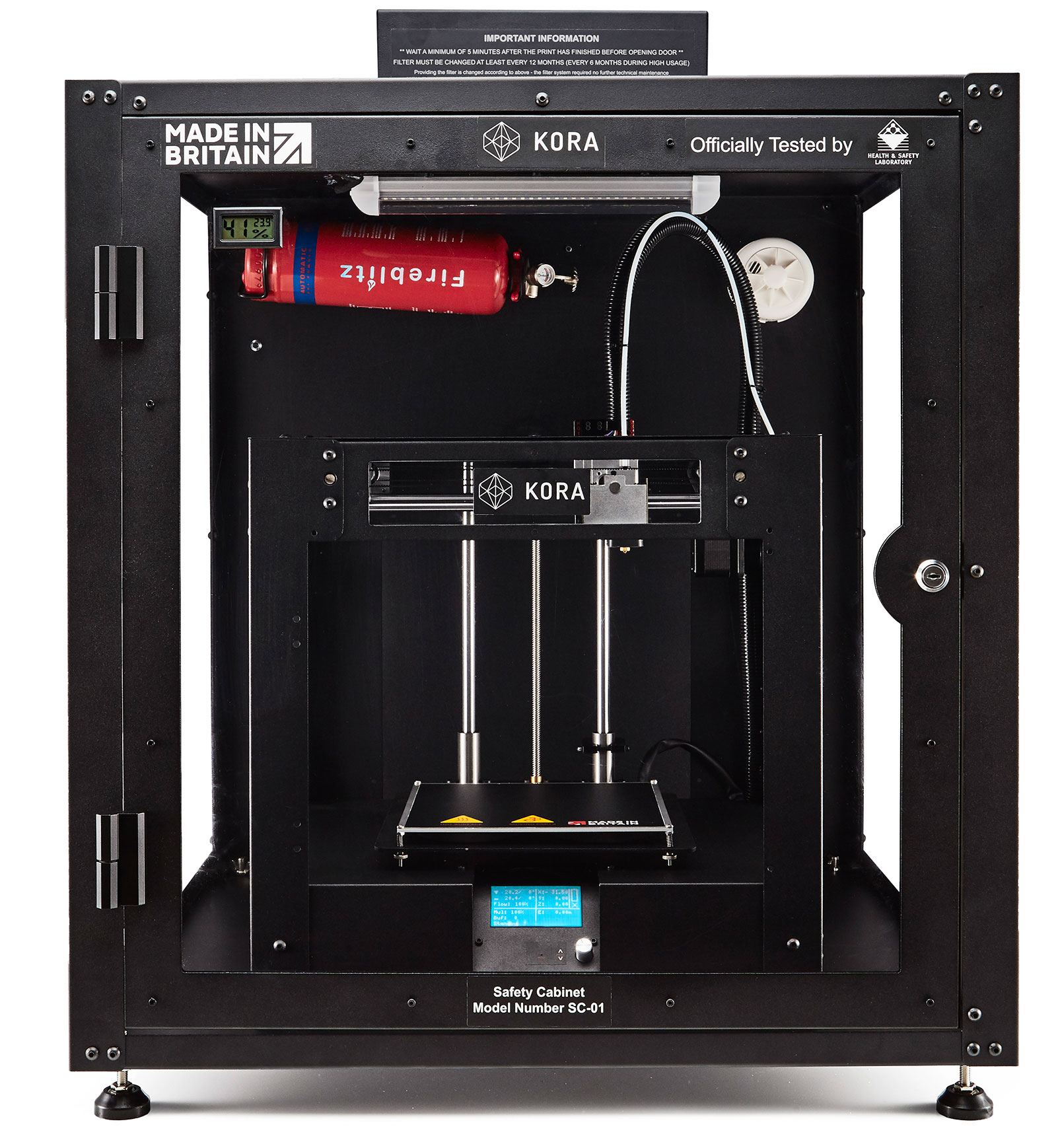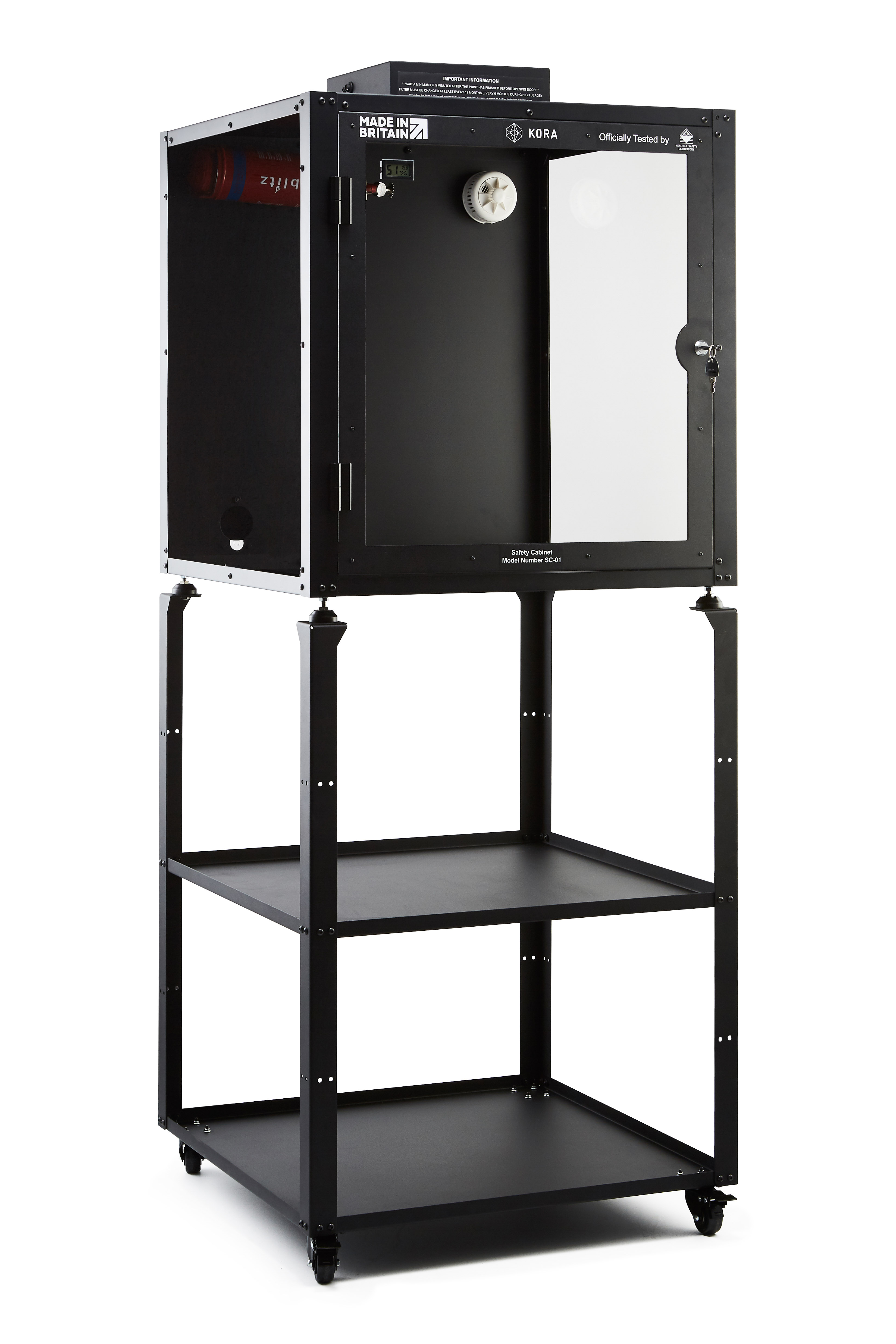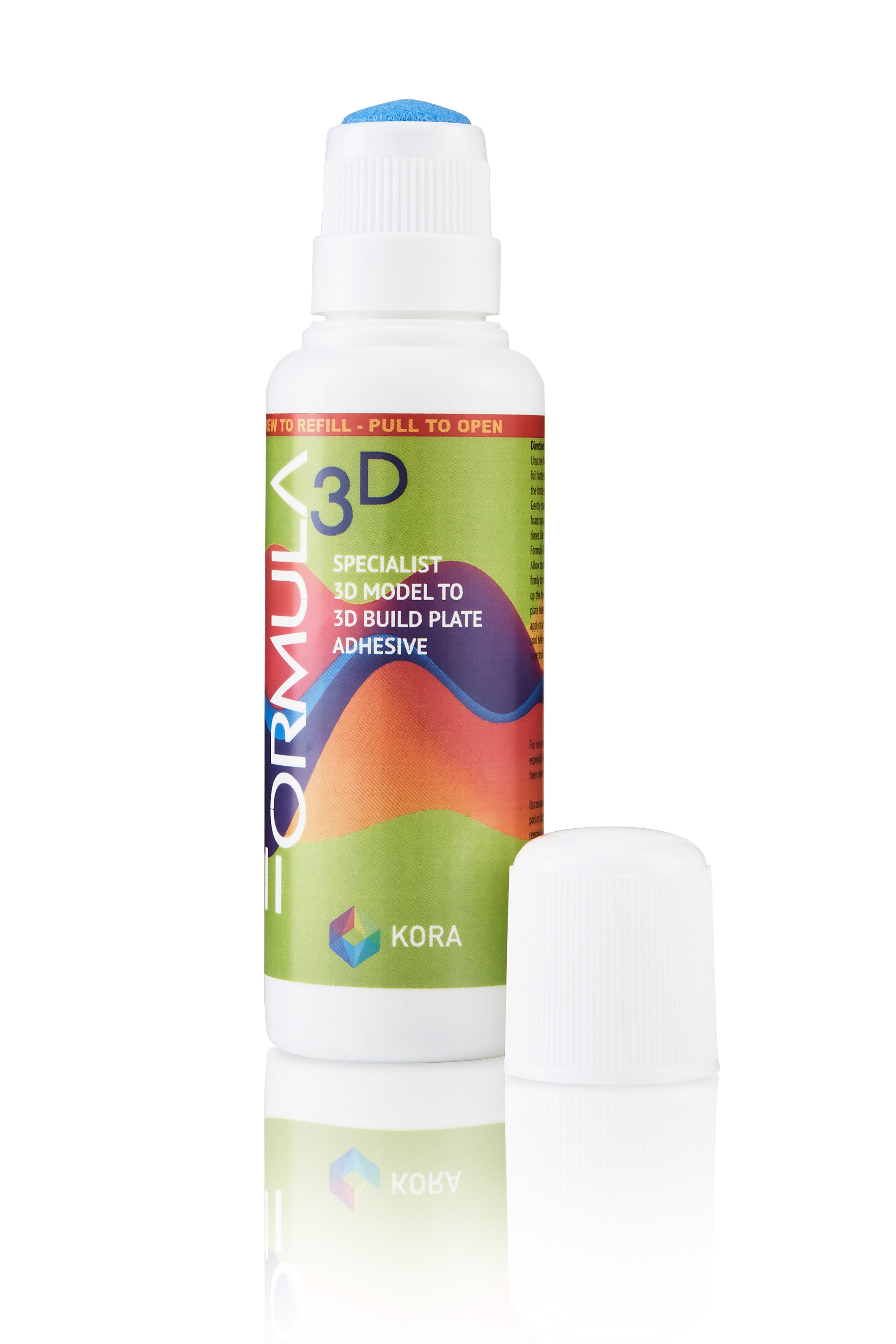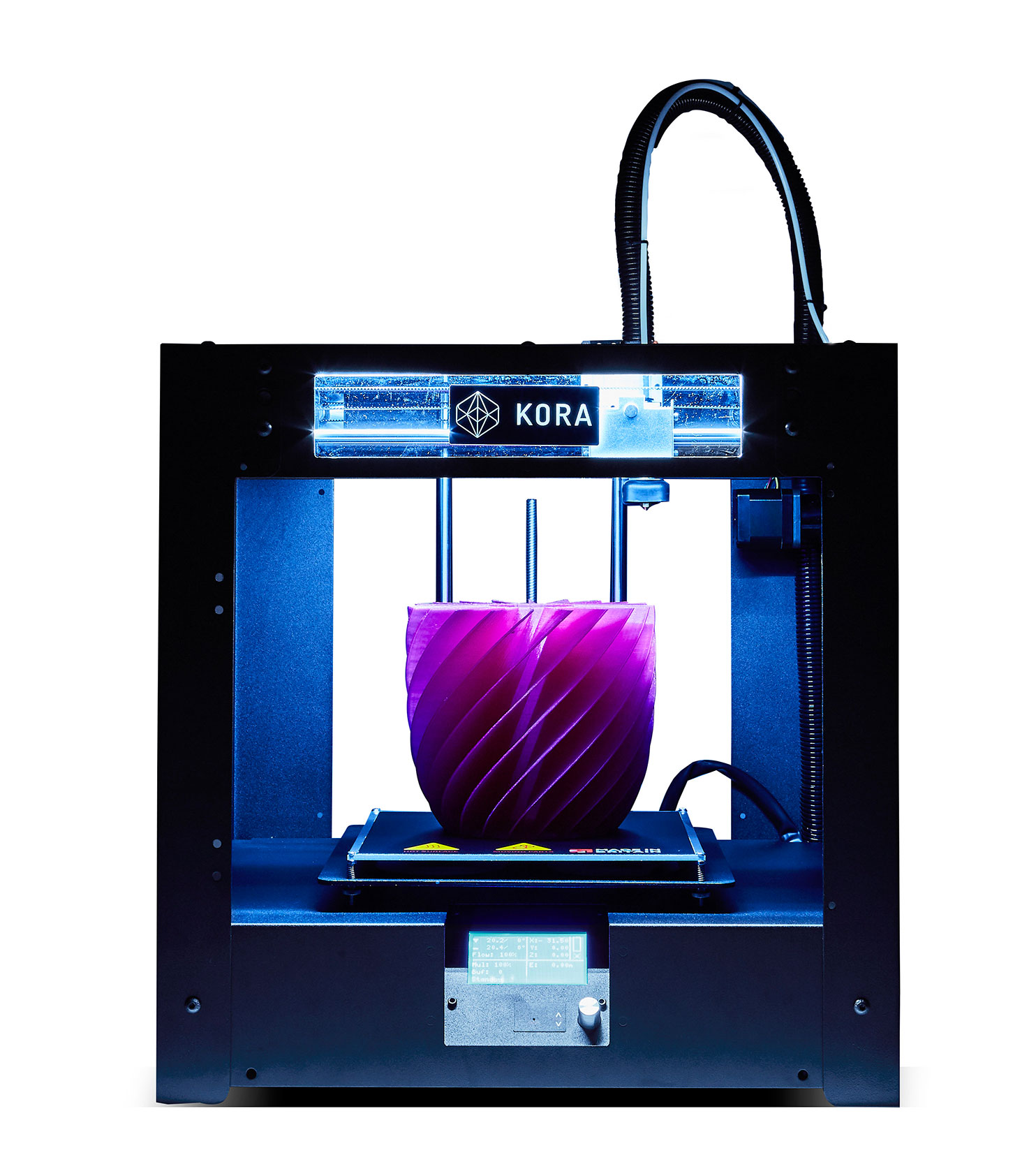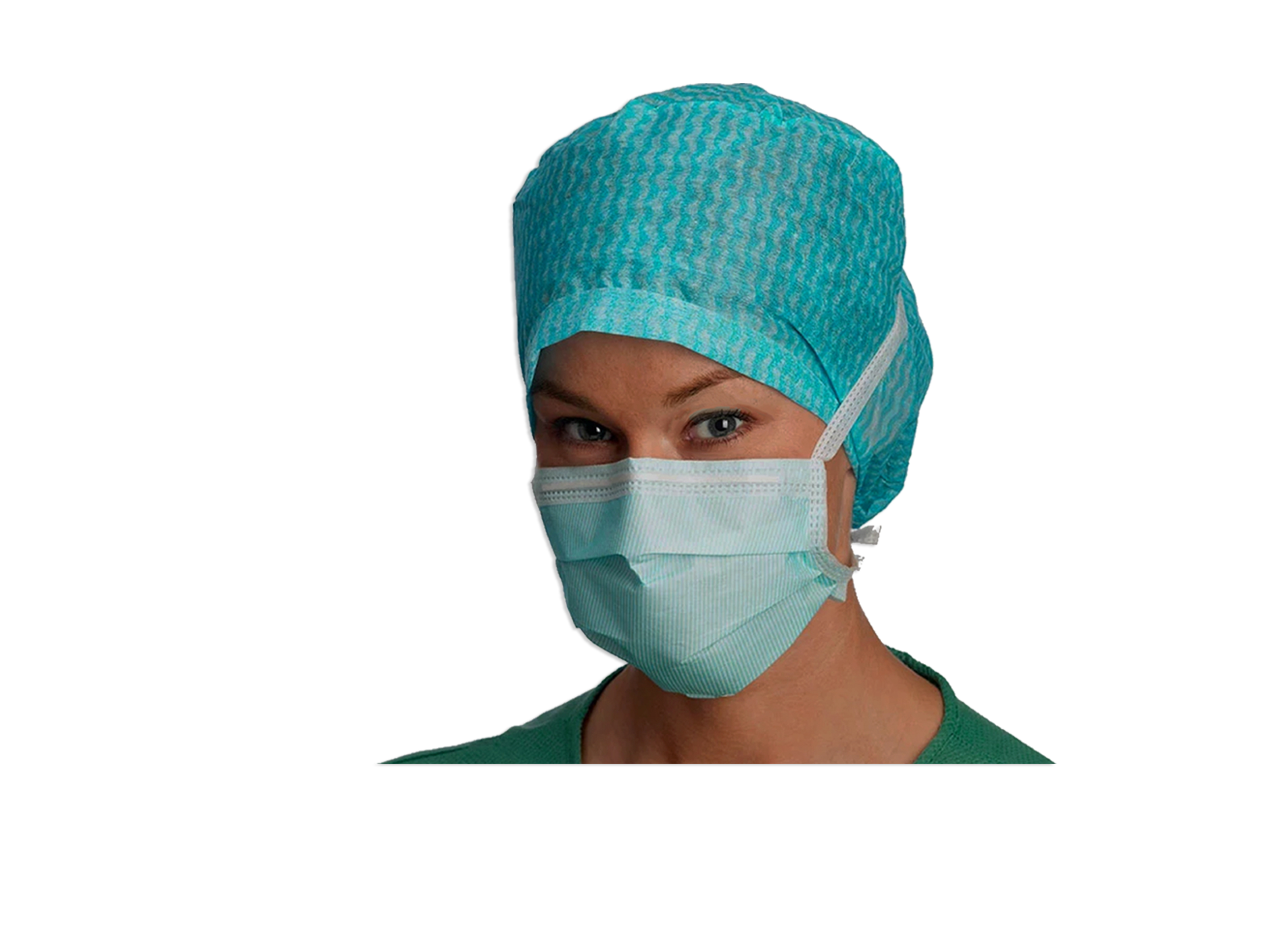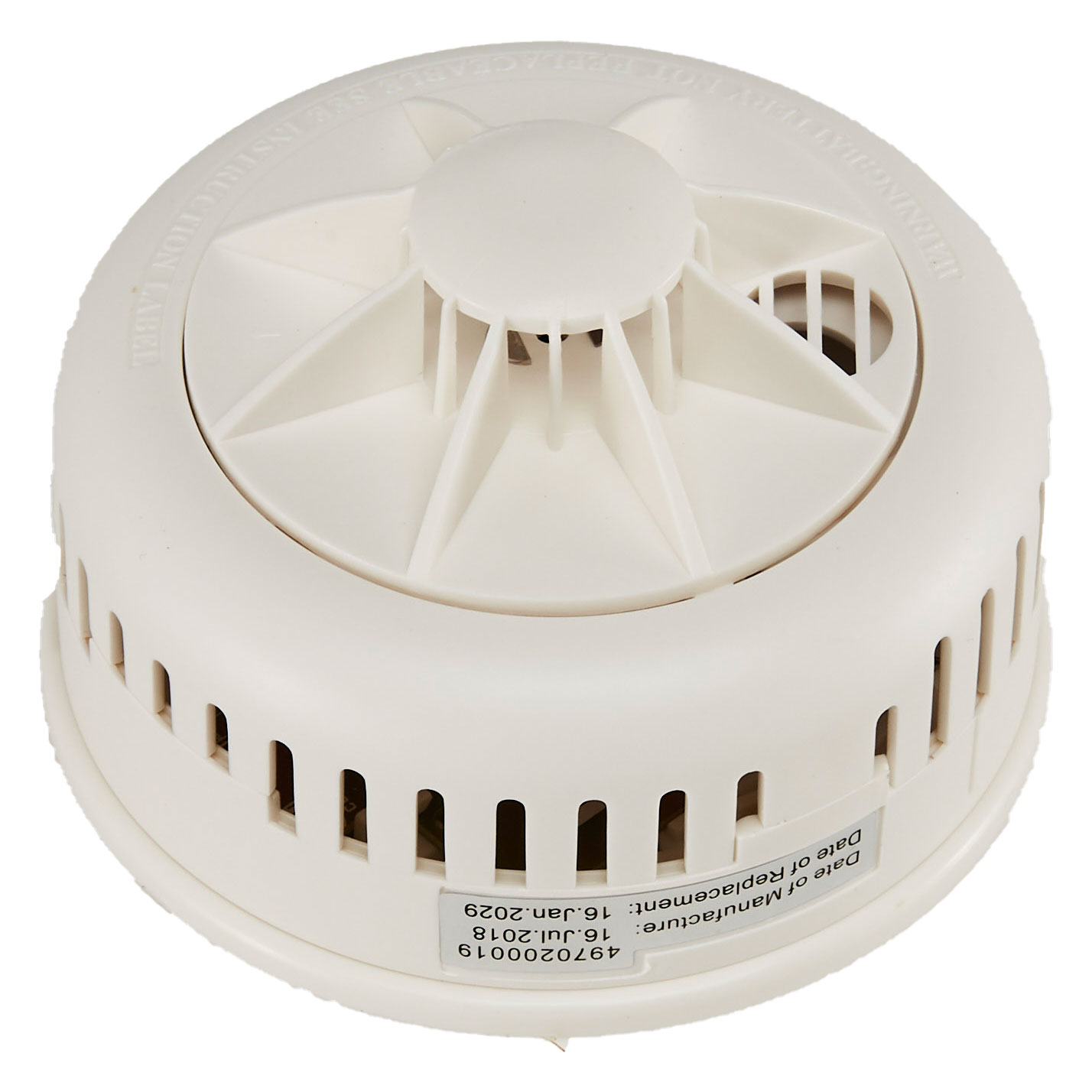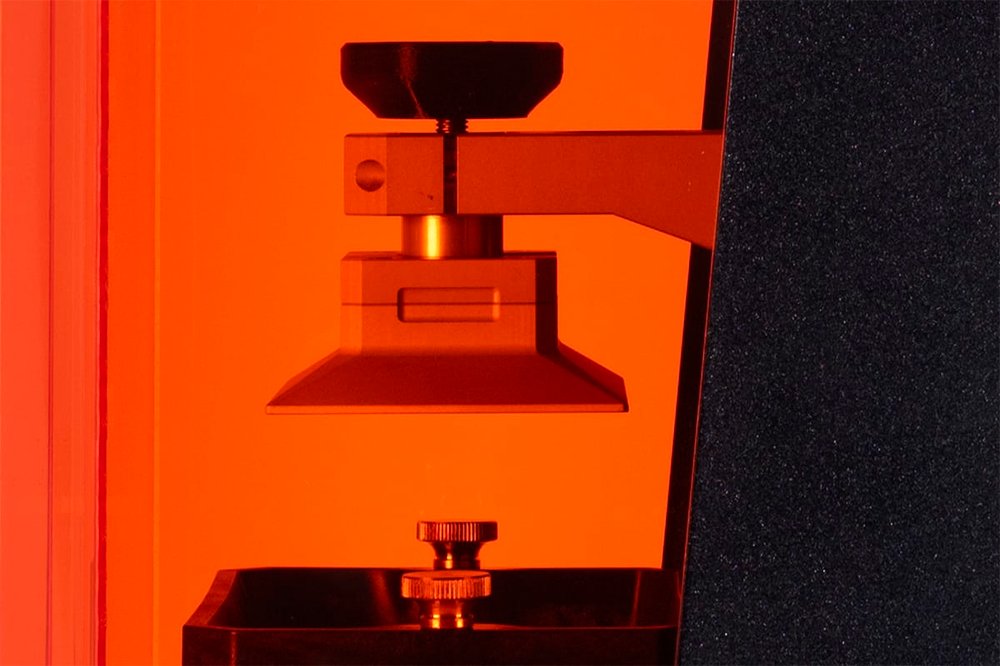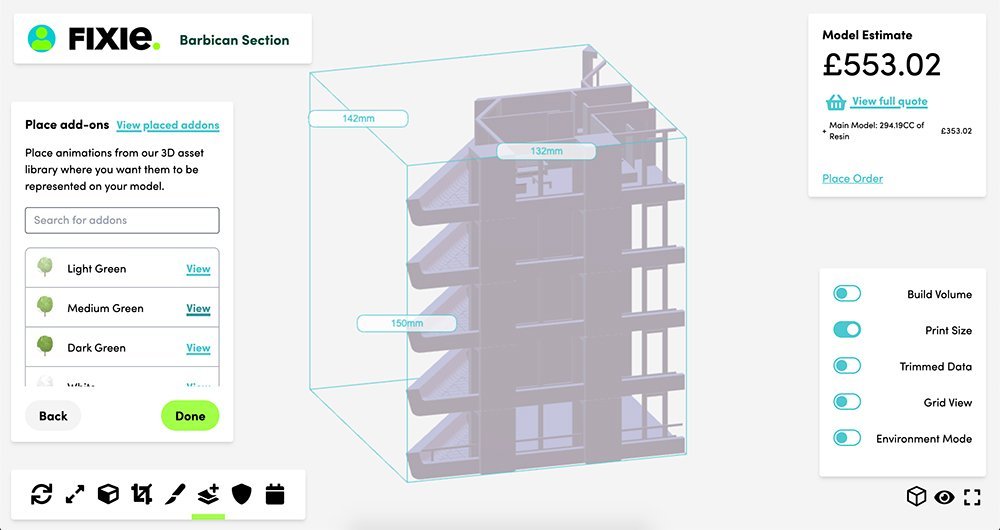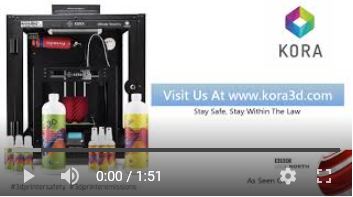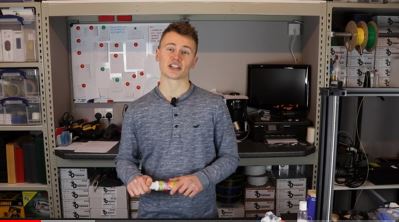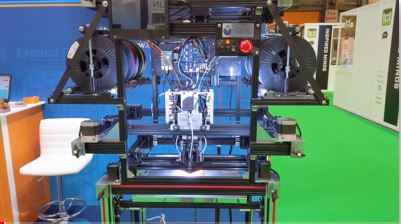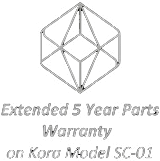What Features Of A 3D Printer Do You Need To Consider?
Kora strongly believe in manufacturing “Open Source” 3D Printers. All of our printers are Made in Britain and we encourage all of our users to utilise the exciting and diverse applications within our models. The Kora Pro PC is one of the first 3D Printers to utilise an integrated and Fully Upgradable iTX based PC Computer system.
There are many different types of 3D printers in use but typically the affordable 3D desktop printer market is dominated by FFF printers. When making your purchasing decisions you need to consider:
- Do you expect to print with different materials or colours at the same time? Single filament printers are common and more affordable, but some printers can use two or more filaments. These may be of the same material and different colours, or could be of different materials.
- What type of printing applications are you considering? Will the 3D printer be used for construction projects, for design and art work, or for electronics projects? This can influence the type of filament material you purchase.
- What is the best temperature range for the print head? The temperature range will influence the types of filament materials you can use because different materials melt at different temperatures. Some 3D printers also have the facility to heat the bed of the machine and this helps the first few layers of the print to adhere.
- What is the best print bed size? The print area constrains the maximum size of the print. The larger the print, the longer the print time.
- What size (diameter) filament do you require? This can affect the amount of material that is laid down in each layer and the speed of completing the build. Most desktop machines use 1.75mm filament, which is extruded at 0.2mm. Some printers use 3mm filament, which also extrudes at 0.2mm. There are no significant differences in using the different sizes, but machines can usually only use one size.
- Should the desktop printer be enclosed? It is recommended that desktop 3D printers are purchased with an exposure control cabinet already fitted to reduce emissions, prevent injuries from moving and hot parts, and to add security. Exposure control cabinets can also help to maintain the temperature environment of the printing space and improve the quality and success of printing. Desktop printers can be purchased as complete machines or constructed from kits which include air extraction and filtration units. You should always check carefully that this is the case as some printers have openings at the top which will allow particles and gases to escape. Some desktop 3D printers are of an open frame design.It is recommended that if other LEV systems are not available, exposure control cabinets are placed over open frame printers.
- What do you need to do to maintain this equipment safely? 3D printers should be maintained by competent individuals. Some printers have no user serviceable parts.
- What software do you require to run the machine and to design the objects you want to build? All 3D printers need to be linked to computer aided design (CAD) software and some additional software applications may also be required to set up and run the printer.
Prior to purchasing a 3D printer it is prudent to check what sort of software is most appropriate for the printer, taking into consideration the platform you use and operating system. Setting secure passwords to prevent misuse of the CAD software is something that you may need to consider.

